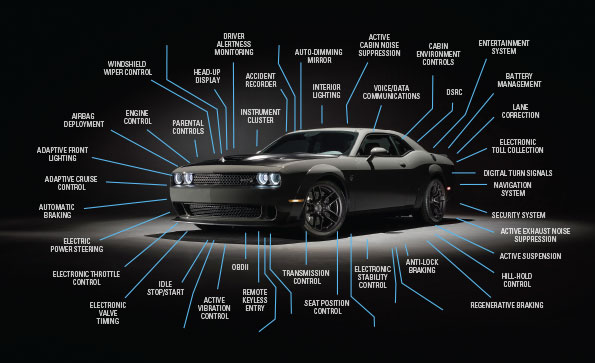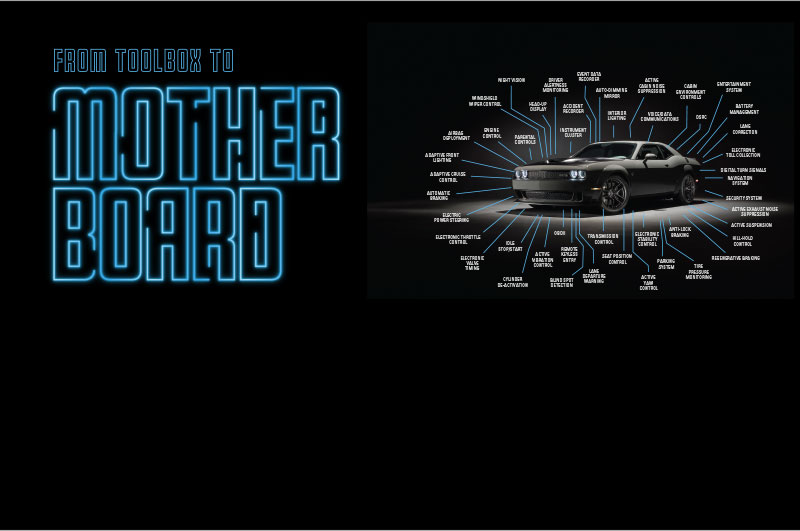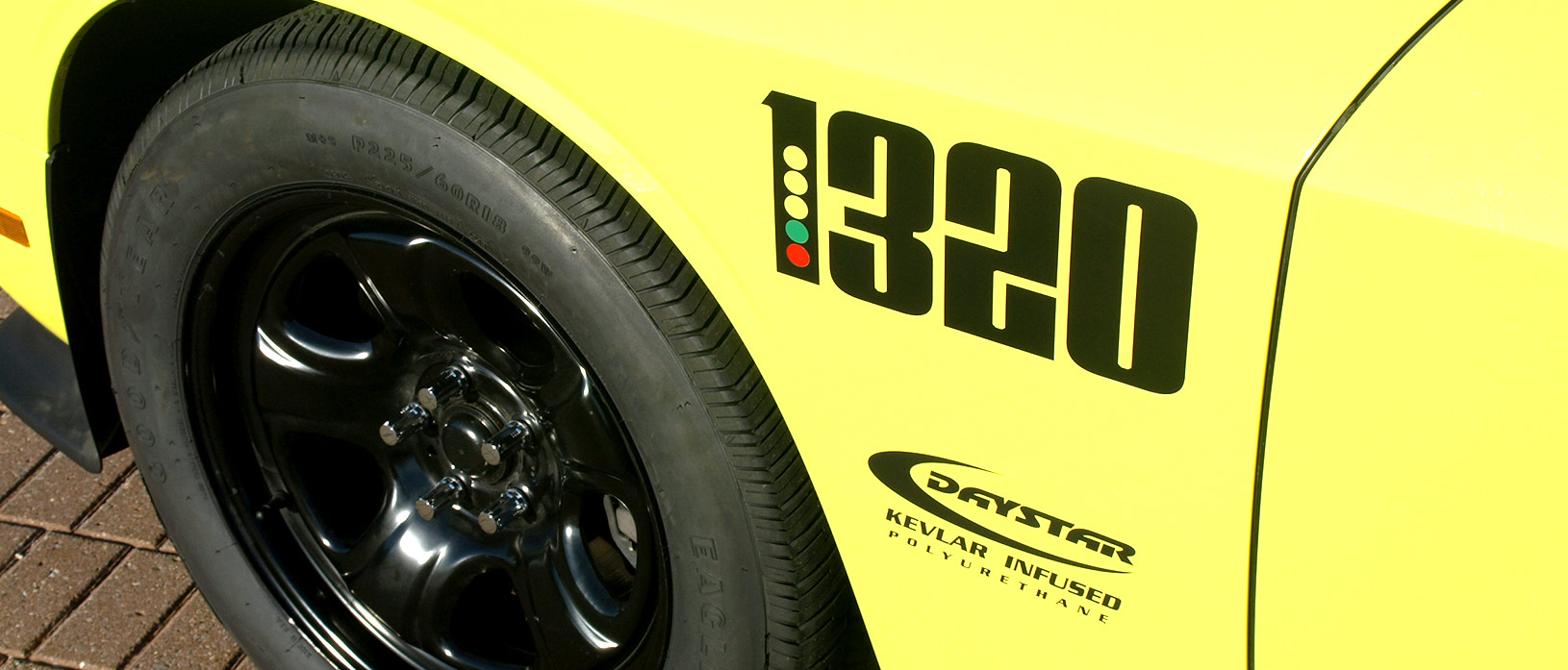From Toolbox To Mother Board
6 years ago Showcase
As technology has changed automotive innovation, cars have become increasingly less mechanical and more like a rolling computer. Technicians today are more like IT guys from the office.
It Started With The ECU.
Engine-based electronic control units (ECUs) were pioneers in automotive computers. First mass-produced in the 1970s, ECUs aided basic engine functions like ignition timing and shifting. Those “prototypes” enabled automotive engineers to use the ECU’s precision capabilities to build electronic fuel-injection systems, which paved the way for the production of complex engines with higher tolerance.
It Doesn’t Stop There.
ECUs have also made today’s active braking systems possible, including anti-lock brakes and features like traction control, where sensors are used to react to traction loss. As active braking technology and the on-board computers that power them evolved, systems like electronic stability control (ESC) emerged and have been a mandatory safety feature on all new vehciles since 2012.

CPUs As Far As The Eye Can See…
Today, the average vehicle can have over 50 central processing units (CPUs) embedded into its operation – from ride handling and braking to on-board entertainment and communication.
Sonar. Radar. And Laser-Focused on Safety.
Now sophisticated enough to take split-second control of steering and braking, on-board computer safety systems began to use sonars, radars and lasers to “see” and react to potential safety hazards via blind-spot, lane-change, parking and collision warning systems. These clever computers are so well tuned that now, they can also be made responsible for fully parking the vehicle – using many vehicle functions in tandem, including steering, throttle and braking.
Lest We Forget The Phones. The Games. The Movies. The Maps. Etc.
There’s no end to the in-cabin technology that has quickly gone from luxury to necessity in today’s automobile. In-vehicle entertainment started with AM radio (first introduced in 1922 and became a mainstay in the 1930s). Since that time, and largely post-2000, on-board computers have given way to everything from in-cabin movies to gaming, and an entire host of internet and Bluetooth (R) capabilities.
The Sky’s The Limit.
The technology between cars and lanes is largely similar, and it’s the catalyst for automated vehicles. Think about it. Part of what makes air travel so safe are the radars that say there are no other planes intruding in others’ airspace. With autonomy on the horizon, and considering that roads are more crowded than the sky, the technological advancements that are making their way into automobiles now are as sophisticated as what we are seeing in the air.




